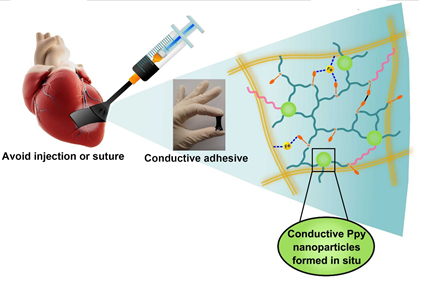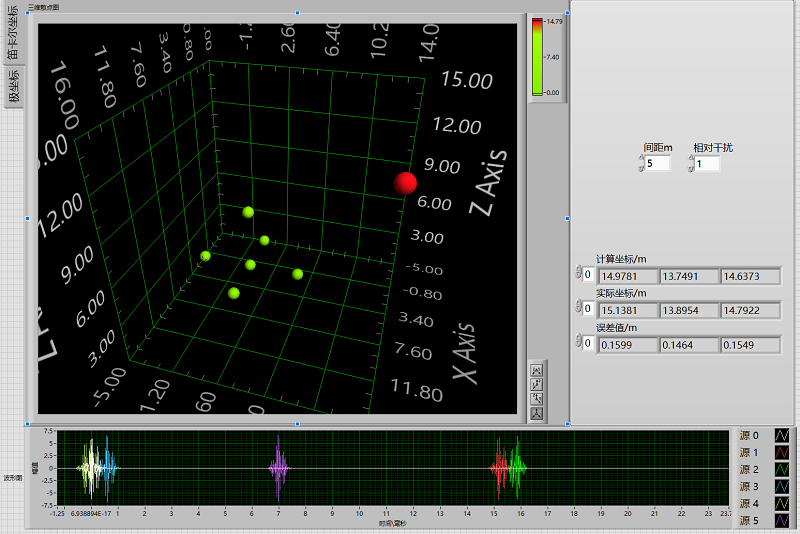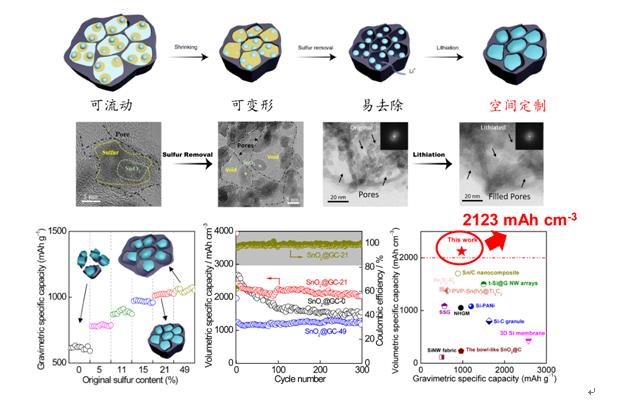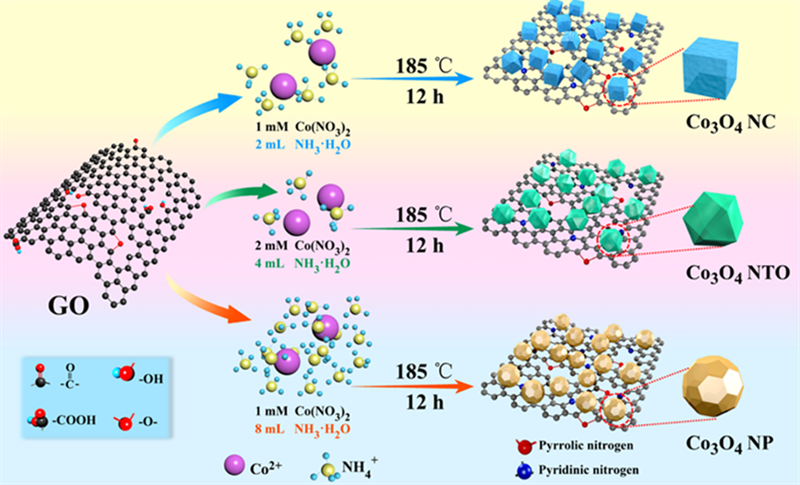-

TJU Makes Progress on Smearing Conductive Hydrogel Patch
Myocardial infarction (MI) is a disease of the coronary arteries that causes a dramatic reduction or interruption of blood flow within the artery, followed by severe and prolonged acute myocardial ischemia, leading to myocardial ischemic necrosis. Myocardial regenerative capacity after infarct is...
-

UCNs Helps Cancer Treatment
A research team from the School of Life Sciences of Tianjin University, led by Professor Chang Jin, have developed a versatile up-conversion optogenetic nanosystem based on a blue-light-mediated heterodimerization module and rare-earth up-conversion nanoparticles (UCNs).
-

Intelligent Media Makes Voices Smart
What can sound do? For scientists, not only can it be a whisper to express feelings, but it is also a sword full of strength and power. Sound can reverse time, restoring a scene at a certain time through audio and video scene analysis.
-

Breakthrough in the Electrode Material Design
Professor Yang Quanhong from School of Chemical Engineering and Technology at Tianjin University led his research group and put forward the “Sulfur Template Method” to realize the precise design of carbon cages for anode materials in Li-ion batteries with ultrahigh volumetric energy density, ma...
-

Engineering Catalytic Active Sites on a Cobalt Oxide Surface
The development of high-activity, low-cost non-noble metal oxygen reduction/oxygenation catalysts is crucial for improving the electrical performance of fuel cells and metal air batteries and their large-scale application.
-

Nitrate is an Important Nitrogen Source for Arctic Tundra Plants
Nitrogen (N) is one of the essential nutrients for living organisms. Since entering the Anthropocene, N pollution in surface earth has been increasing and influencing ecosystem structure and function.

